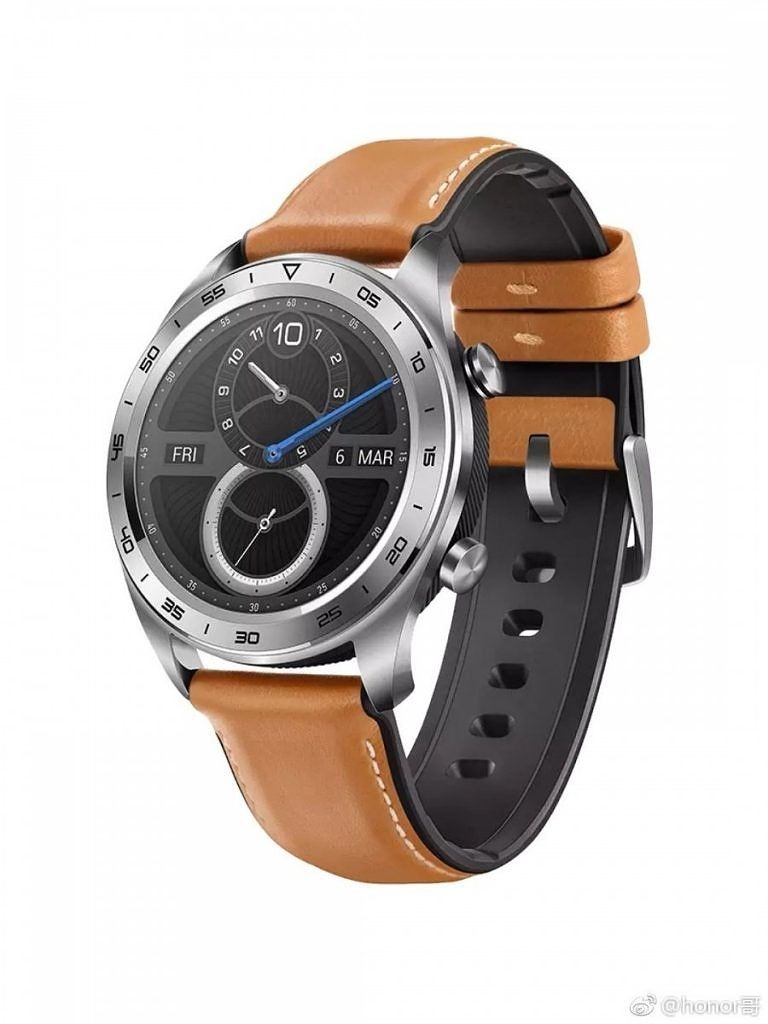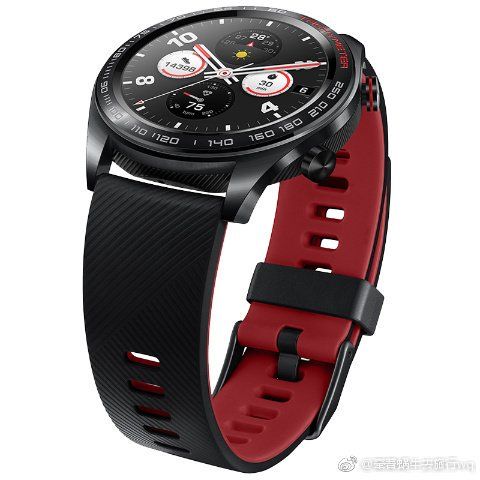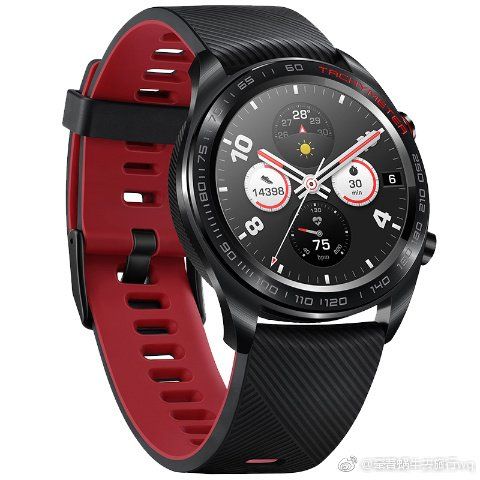
If there’s something 2018 has shown us, it’s that the future is bezel-less – and it looks beautiful. But as phones get closer to a perfect 100% screen-to-body ratio, device manufacturers are left to wonder what to do with the front-facing camera, the earpiece, and the sensors. A common approach these days has been using a display notch – a screen cutout on the top that makes room for those sensors. But notches usually aren’t the most aesthetically pleasing solution. The Vivo Nex brought an alternative, ingenious approach to the table: A pop-up area with a front-facing camera module and other sensors which can be revealed when needed and hidden when not needed.
Since then, we’ve seen other manufacturers hop on this new trend. The OPPO Find X, like the Vivo Nex, uses a motor for its slider, while the new Xiaomi Mi Mix 3 has a mechanically retractable slider. Both implementations help OPPO and Xiaomi respectively achieve jaw-dropping 93.8% and 93.4% screen to body ratios.
Now, enter the Honor Magic 2 – the successor to the first Honor Magic and their first smartphone with a pop-up camera. Like the Xiaomi Mi Mix 3, it also has a mechanically retractable slider, but it features HiSilicon’s top-of-the-line Kirin 980 chipset and Honor’s latest camera technology. They’ve also announced two new accessories – the Honor Watch Magic smartwatch and the wireless Honor FlyPods Pro earbuds.









Honor Magic 2 Specifications
| Specifications |
Honor Magic 2 |
| Dimensions |
157.32 × 75.13 × 8.3 mm, 206g |
| Software |
Honor Magic UI 2.0 on top of Android 9 Pie |
| SoC |
Octa-core HiSilicon Kirin 980 (2x Arm Cortex-A76 cores @ 2.6GHz + 2x Arm Cortex-A76 cores @ 1.92Ghz + 4x Arm Cortex-A55 cores @ 1.8GHz); Mali-G76MP10 GPU @ 720MHz |
| RAM and storage |
6GB/8GB of RAM with 128GB/256GB of storage. 512GB storage model available next month. |
| Battery |
3,400mAh, 40W (10V/4A) Magic Charge |
| Display |
6.39-inch Full HD+ (2340×1080) AMOLED with 19.5:9 aspect ratio |
| Ports |
USB Type-C port, dual nano SIM slots, 3.5mm headphone jack |
| Security |
In-display fingerprint scanner |
| Rear cameras |
16MP+ 16MP + 24MP cameras, one is super wide-angle and another is monochrome |
| Front-facing cameras |
16MP + 2MP + 2MP for 3D face unlock |
| Connectivity |
1.4Gbps Cat. 21 LTE, Wi-Fi 802.11ac (1.7Gbps WiFi via Hi1103 chipset), Bluetooth 5.0, Dual 4G VoLTE, AI dual-frequency GPS navigation (Hi1103 GPS chipset) accurate up to 30m.
900MHz, 1800MHz, 850MHz, 1900MHz, 800MHz, 2GHz, Band 38, Band 39, Band 40, Band 41 (2555-2575 MHz, 2575-2635 MHz), Band 1, Band 3, 1.9GHz, I, II, IV, V, VI, VIII, XIX
|
The most newsworthy feature of this phone is, obviously, its display. The 6.39-inch FHD+ AMOLED display has a 19.5:9 aspect ratio with no notch in sight. Instead, just like the Xiaomi Mi Mix 3, the cameras are located under the display, requiring you to slide down the screen to make them appear. This allows the phone to have a nearly 100% screen-to-body ratio, and it looks truly beautiful. The phone is said to use a 5 rail sliding mechanism. Lastly, the edges of the device are curved as well to make it easy to hold in your hands.

In terms of security, the Magic 2 also has an in-display fingerprint scanner on all models. Honor says their 3D facial recognition is on par with a structured light mechanism. They have also implemented a “voice print” recognition technology to only recognize the voice of the owner of the device.

The Honor Magic 2 has a top-of-the-line Kirin 980 processor and gets many of the Huawei Mate 20’s cool features, including the triple rear-camera setup, 40W (10V/4A) Magic Charge fast charging (85% in 30 minutes), and more. You also get 6 GB RAM/128 GB storage and 8 GB RAM/256 GB storage configurations. The device also has the latest connectivity chipsets from HiSilicon which boast in
The Magic 2 serves as the successor to the original Magic. While the Honor Magic wasn’t exactly a sales success, it was ahead of its time in many aspects, bundling AI-based features and other things which are now used in several modern Huawei and Honor phones. While anything could happen in the following years, we’ll probably be seeing more Huawei and Honor smartphones with slider cameras coming soon.
Yoyo Assistant
The device runs on a new software branded Magic UI 2.0 (based on EMUI 9.0) out of the box, which is based on Android 9 Pie. Honor Magic UI 2.0 on the Honor Magic 2 is largely focused on the new Yoyo Assistant. It is described to be the “heart and soul” of the UI. Keep in mind that the Magic 2 is intended for the Chinese market, so Yoyo is geared towards Chinese services. Here’s what you need to know:
- Yoyo was teased during the Honor Play launch, but Honor has yet to finalize the voice for the new Assistant and is seeking input from their fans.
- Yoyo can recognize when you’re driving and begin communicating with you immediately. It can help you shop online or in stores. It can tell you the prices of objects or the nutritional information of food.
- Honor also demonstrated two-way, live voice call transcriptions. Yoyo can translate between 10 languages.
- Yoyo can provide recommendations on improving your skin care. Honor claims their recommendations are on par with professional services costing hundreds and was vetted by Chinese authorities on the subject.
- Yoyo integrates with the new HiVision software in the camera app which can recognize products, food, landmarks, etc and also translate text on the screen. Honor demonstrated accessing it by tapping on an image in WeChat with two fingers to activate it immediately.
- DeepThink will allow for related content to be offered to you if you slide the phone while reading something on the screen.
- Yoyo can have routines set up for it. For example, you can say “I’m hungry” and have it text a friend in WeChat with your location.
- Yoyo integrates with the keyboard for smart input. It detects what’s on screen, such as a friend asking for a movie recommendation, and gives suggestions.
- Yoyo integrates with DJI products to let you control your drones via voice input. Honor demonstrated this on stage by having the drone take off, take a selfie, and land via voice input on the Magic 2.
- Honor promises that all the information that the Assistant learns from you will be transferred to your next device.


Other Magic UI 2.0 Features
Here are some of the other software features they announced:
- Wireless desktop projection. You won’t need a USB-C to HDMI adapter anymore as the device can project the special desktop UI to your monitor.
- Fast selfies: Just slide down your phone, even when the phone is unlocked, to jump straight into the front-facing camera mode.
Honor Magic 2 Pricing and Availability
The Honor Magic 2 will be sold in China at a cost of RMB 3799 for the 6GB/128GB model, RMB 4299 for the 8GB/128 model, and RMB 4799 for the 8GB/256GB model. Pre-orders start today and sales begin on November 6th on Vmall, Tmall, and JD. There will also be an 8GB/512GB model that costs RMB 5799 and comes with the 3D sensing module, but that will be available in December.
The phone will be available in gradient Black, Blue, and Red. The gradient colors can be seen in the renders below. In each, you’ll notice how the color is darker at the bottom of the rear and is a lighter shade near the top.



Visit the Honor Magic 2 forums
Honor Watch Magic
We’ve seen several Honor band wearables, but none of them would qualify as a smartwatch. Now, Honor is launching their first smartwatch alongside the Magic 2. Meet the Honor Watch Magic.







It has a 1.2-inch AMOLED screen. Honor boasts 1 week of use on a single charge via the Type-C port. It supports continuous heart rate monitoring for 24 hours. It also supports sleep detection via their Trusleep 2.0 feature and has swim detection. It can monitor your pressure in real-time and provide you with breath training when exercising. It supports GPS, GLONASS, and Beidou. It has a barometer and compass. It supports NFC. Of course, it also syncs with your phone to display notifications. It has a lot of standard and high-end smartwatch features, though it doesn’t run on the Wear OS platform but rather Huawei/Honor’s own OS.
The Honor Watch Magic will cost RMB 899 for the black model, and RMB 999 for the moonlight silver model. Both will be available starting today in China.
Honor FlyPods Pro
Honor is going all out with their announcements today. Not only can you pick up a smartwatch from them in the new Honor Watch, but they’re also launching their first wireless earbud accessory. Meet the Honor FlyPods Pro.

The FlyPods Pro support bone conducted voice recognition to better isolate your voice from the surroundings when issuing commands to Yoyo. This improves the accuracy of voice recognition by letting you unlock your phone for more secure voice actions that would normally force you to unlock your phone. Honor also talked about HWA audio support and a feature that lets a missing earbud pair with another missing earbud. Lastly, the FlyPods can be charged via wireless charging while inside the case.
Honor announced that there’s also a cheaper, standard FlyPods model that costs RMB 799 but does not support bone conduction. It’ll be available starting November 6th. The Honor FlyPods Pro costs RMB 999 but is in the mass production phase and is coming soon.




















































